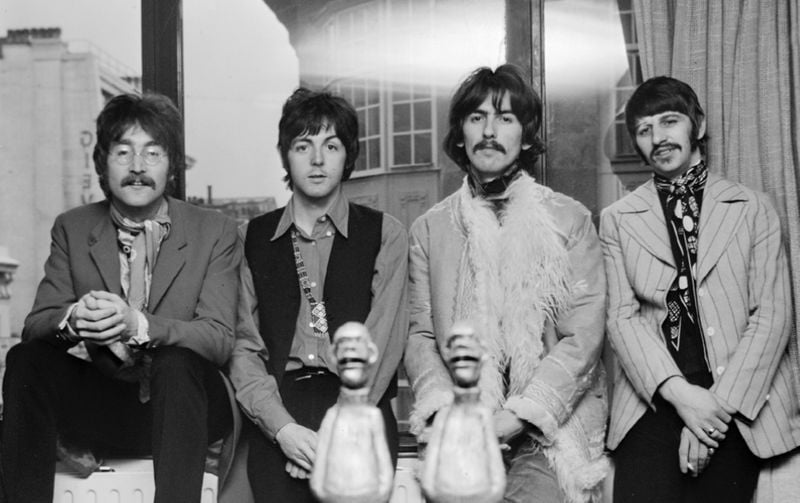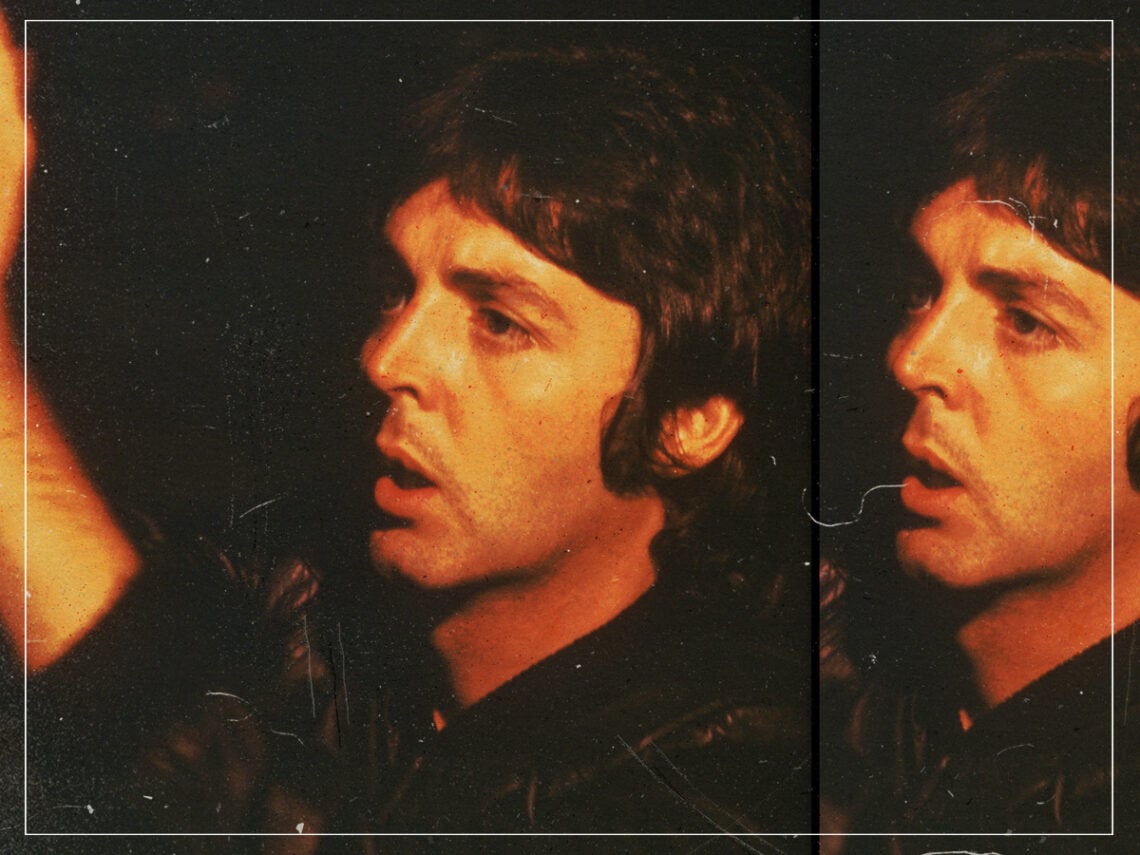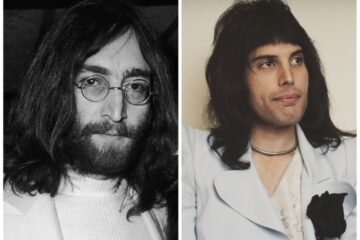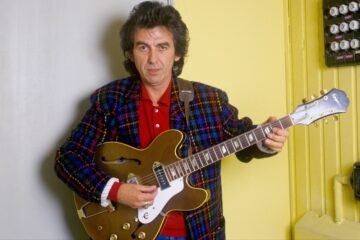‘A Day in the Life’ is a major contender for the most musically complex song The Beatles ever produced. Its seemingly disparate sections are ingeniously linked with modulations involving experimental orchestral crescendos and an ethereal, acid-soaked middle eight.
The cherry on the cake is the deafening final chord, played concurrently across several octaves of three different pianos and a harmonium. In his book Revolution in the Head, Beatles musicologist Ian McDonald described the “resolving E major chord” as a full stop at the end of the band’s musical peak, just as the opening chord of ‘A Hard Day’s Night’ marked the start of their golden period.
The chord is one of the most discussed in the history of all music. It even inspired the big tech firm Apple Inc, who used a similar version of the chord as the startup sound on Apple Mac computers for two decades.
Aside from its historical stature, it also recasts the separate compositional elements of the song’s preceding four minutes as parallel structures all working towards a singular point. In fact, it is the crowning glory of Sgt. Pepper’s Lonely Hearts Club as a whole, elevating the record’s credentials as a coherent concept album with its sense of finality.
But who is responsible for this single note of history? It’s well known that ‘A Day in a Life’ was a collaborative composition, with Lennon and McCartney writing different parts of the song before working together with producer George Martin to join them up.
All hands on keys
Yet this famous final chord was even more of a group effort. According to McDonald, the original plan for the chord was for it to be hummed by all four Beatles as a harmonised vocal part in the style of the band’s great rival, The Beach Boys. Pet Sounds, the previous year’s release by The Beach Boys, had inspired much of The Beatles’ work on Sgt. Pepper.
It wasn’t to be, though. When they were recorded, the harmonised vocals didn’t quite work out as planned. So 12 days later, on February 22nd 1967, the band gathered together with George Martin and roadie Mal Evans around four different keyboards in EMI’s Abbey Road Studio 2.
The single chord was played simultaneously, by Lennon on one piano, McCartney on another, Ringo Starr and Mal Evans on a third, and George Martin on a harmonium. A total of five people playing the same chord in real time, including four pianists. The recording microphones were turned up to maximum volume, to capture the power in the note’s sound fully.
It was then left for around 40 seconds before being cut, allowing the note to ring out around the studio. Because of the recording’s volume, you can actually here particles of dust settling on the hammers of Abbey Road’s grand piano in the moments after it’s been played.
It’s as though we’re hearing the aftershock of a bomb being dropped. A musical bomb which was to blow open the minds of millions of listeners around the world upon the song’s release.



